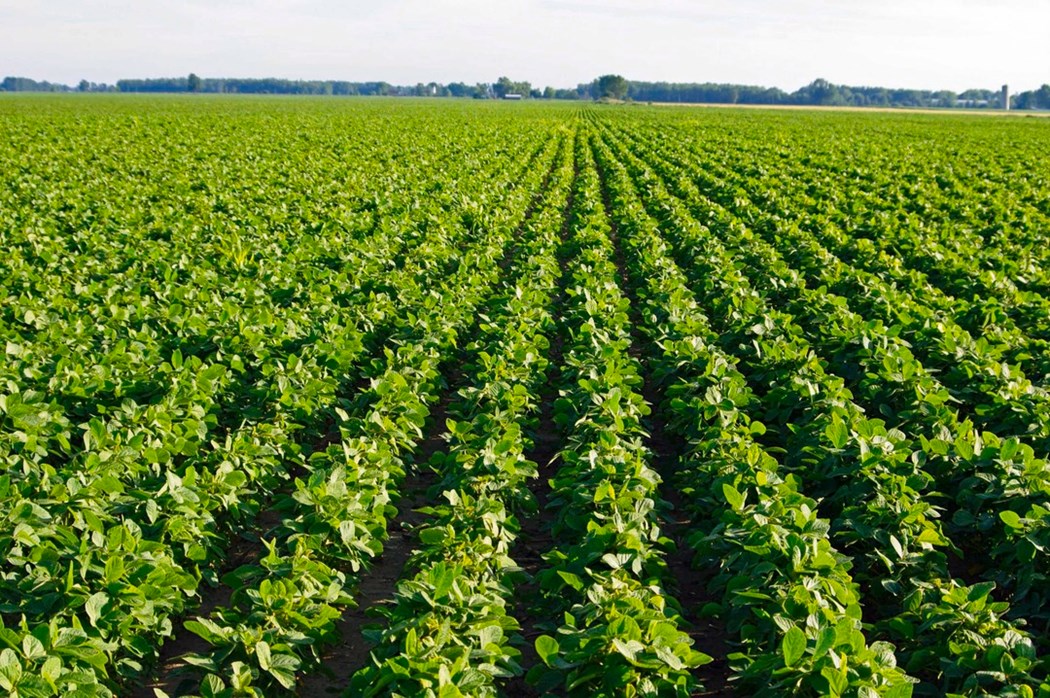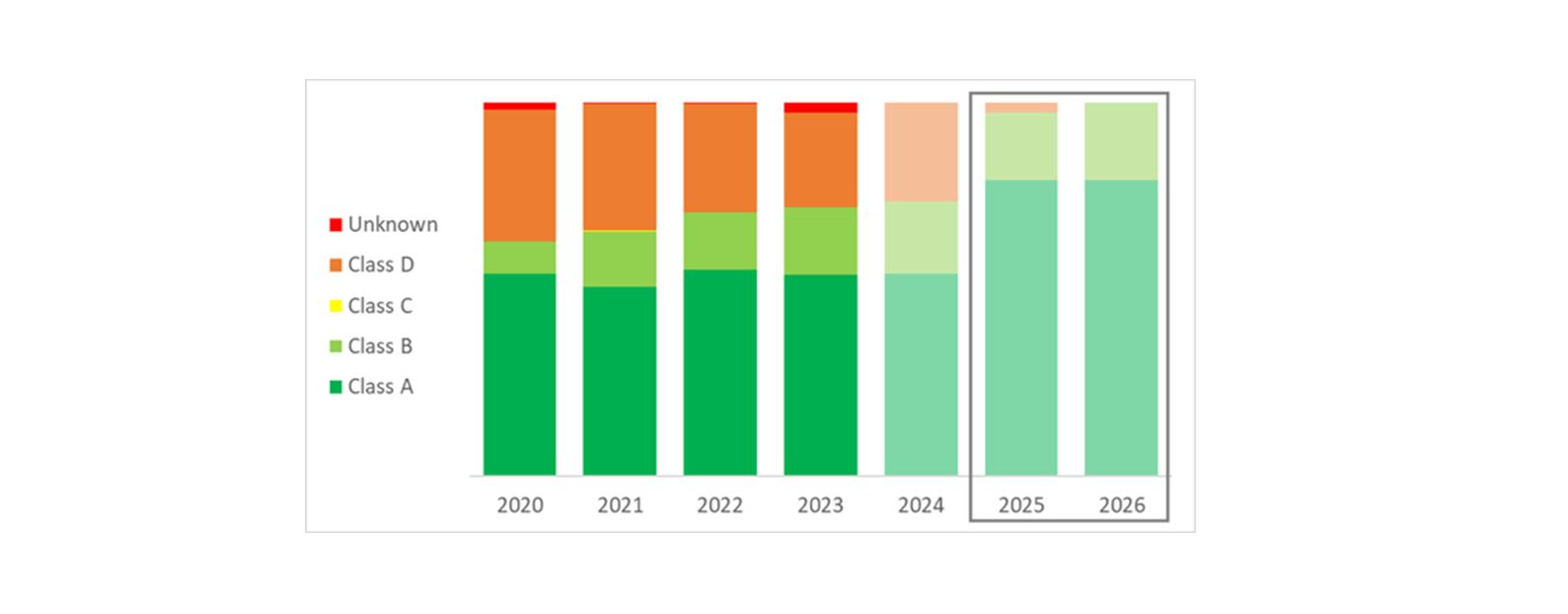100% deforestation-free soy and palm oil
One of Nutreco’s focus areas is to reduce the conversion of natural ecosystems. This is an area where the feed industry has a vital role to play – deforestation and conversion are large contributors to our scope 3 emissions. To help reduce these impacts, we are working to eliminate deforestation and conversion within our supply chain and get suppliers and customers on board for new solutions. Below we outline the current actions we are taking to reduce deforestation in soy and palm and the further steps we will take to reduce conversion of other natural ecosystems in the future.
European Union Deforestation Regulation (EUDR)
Nutreco welcomes the 2022 EUDR, which addressing proper due diligence of a selected list of imported commodities to ensure their deforestation-free origins. While we understand the complexity and technological challenges of rapid compliance with certain criteria in the legislation, we believe it is levelling the commercial playing field for the European Union (EU) market. It will be very important for European retail, and ultimately consumers, to absorb the additional cost of these sustainable raw materials in order to make the solution possible. We are working with suppliers to further leverage this EU legislation in support of our efforts to reduce deforestation and urge players across the industry to use their influence to enable deforestation-free supply chains.
Our target
By the end of 2025, Nutreco aims to source all soy and oil palm ingredients that are free from both legal and illegal deforestation.
How we do it
Our Soy and Oil Palm Ingredients Sourcing Policy, published in 2020, outlines the steps we are taking towards a deforestation-free supply of soy and oil palm ingredients by the end of 2025. This sourcing policy helps us classify the deforestation risk associated with our purchased soy and oil palm ingredients and navigate the available certification programs that may help mitigate it. We are working together with suppliers to get a better overview of the origins of our soy and oil palm ingredients, so we can verify our progress on the sourcing policy and calculate more accurate deforestation-related GHG emissions.

Our progress
72% (2022: 70%) of our purchased soy and palm fall in class A or B.
In 2023, we further decreased the amount of uncertified, high deforestation-risk soy ingredients in our products.
Nutreco 2023 soy and palm oil performance
|
|
2020 |
2021 |
2022 |
2023 |
|
|
Class A: The soy or palm ingredient is traceable back to a country or region with low risk of deforestation or traceable back to a country or region with a high risk of deforestation but purchased through a certification program that verifies no deforestation has occurred (segregated supply chain) |
54% |
51% |
55% |
54% |
|
|
Class B: The soy or palm ingredient is traceable back to a country or region with high risk of deforestation. It is purchased through a certification program with a defined cut-off date using either mass-balance or credits. |
8% |
15% |
15% |
18% |
|
|
Class C: The soy or palm ingredient is traceable back to a country or region with high risk of deforestation and must be purchased through a certification program that verifies no illegal deforestation occurred. |
0% |
0% |
0% |
0% |
|
|
Class D: The soy or palm ingredient is traceable back to a country or region with high risk of deforestation and purchased without any certification related to deforestation. |
35% |
34% |
29% |
25% |
In coming years, we expect the amount of deforestation-free soy and palm to increase even further as most of Class D soy and palm purchased at Nutreco is impacted by the EUDR. This means that, from 2025 on, we expect to report a significant drop in Class D soy and palm, staring with our 2026 Sustainability Report. We also see many of our Skretting businesses becoming ASC certified, which will drive the need for low deforestation-risk raw materials and for deforestation-free certification.
Please see figure below for our expectations around the development of deforestation-free soy and palm going forward.
Since the release of our policy in 2020, we have learned a lot. We have seen regulatory changes (EUDR), and our supply chain partners have also continued improving their standards to match the future needs of our industry. We see that moving to Class A remains difficult for several regions due to lack of supply and appropriate and affordable chain-of-custody models and different customer priorities. In these cases, we need to evaluate our options. Therefore, in 2024, we will update our Sourcing Policy to improve our classification of deforestation-free soy and palm, allowing more transparency on the different chain-of-custody models used.
Graph below: the percentage of soy and palm sourced in different classes over the years (2020-2023) with our expectations for the coming years (2024-2026).
